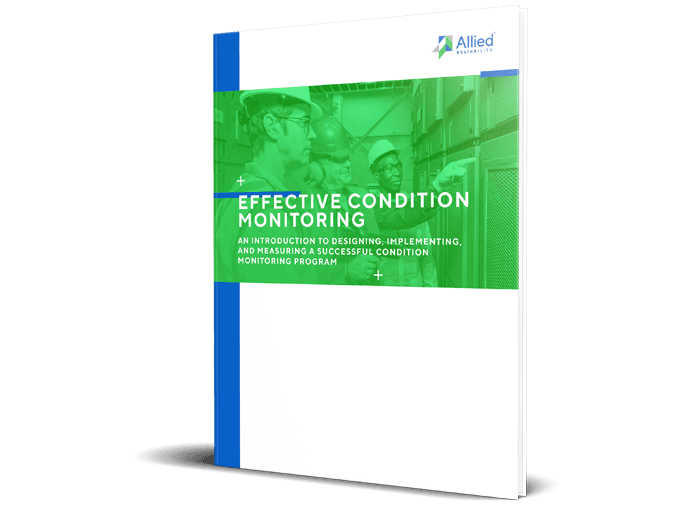EBOOK
Effective Condition Monitoring
All maintenance and reliability programs have essentially the same goal: to maximize the value of a plant’s equipment and processes. The best way to do this is to be proactive in dealing with machinery defects because, if left alone, defects will eventually cause a functional failure of greater proportion. The earlier a defect is detected, the more opportunity there is to deal with the situation and avoid any disruption in normal plant operations.
Condition monitoring technologies are a proven way to identify machinery defects at a very early stage. This provides the benefit of time, making it possible to plan, obtain spare parts, organize, and address the situation when it is most convenient for the organization. Early defect identification not only allows early repair of equipment, but also reduces the number of emergencies, breakdowns, and schedule interruptions encountered.
The defects are found using various inspection techniques. Some inspections are performed via the use of the human senses; what one can see, hear, feel, smell, and even sometimes taste. Some inspections require the use of measurement instruments like dial indicators, snap gages, and calipers. Both types of inspections are part of an interval-based or preventive maintenance (PM) program. Another style of inspection uses condition monitoring technologies, which refers primarily to vibration analysis, infrared thermography, oil analysis, electric motor testing, and ultrasound. Each of these five methods will be discussed in detail later in this eBook.
Key Highlights:
- Shifting from Reactive to Predictive Maintenance
- Utilizing Condition Monitoring Technologies
- Common Reasons for Failure in Condition Monitoring Programs

Thank You
You may access the requested resource below.
Download